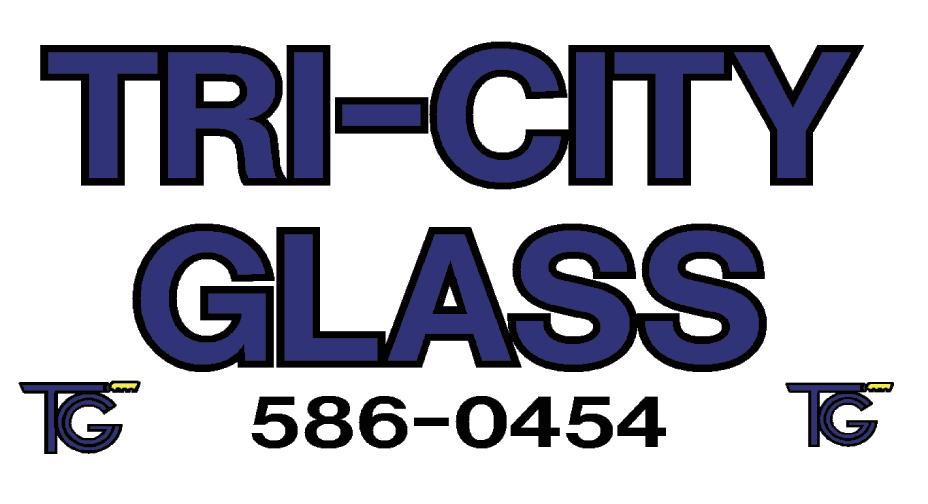
1 minute read
Intervention necessary to improve Tri-City river health
Outsiders to the Tri-Cities often see an arid landscape with green life only where human hands have touched the earth. Locals, too, see their desert surroundings. But many view themselves as inhabitants of a riverine world. Two mighty rivers join south of Pasco and a significant river, the Yakima, enters the Columbia between Kennewick and Richland.
This identity is reflected in the convention center which goes by the moniker Three Rivers. The community’s treasure chest, 3 Rivers Community Foundation, also adopts the same name. Many other organizations and businesses appropriate the description in their names.
Advertisement
Yet all is not well for these ribbons of life that shape the identity of the Tri-Cities. This can be viewed in the accompanying Benton-Franklin Trends graph, “Overall Water Quality Index.” The index, or WQI, is produced by the Washington State Department of Ecology and combines several attributes of a healthy surface water, putting their scores into a unit-less (index) set of numbers.
Components include: turbidity, temperature, phosphorous (pH) levels, amount of fecal coliform bacteria, dissolved oxygen readings, among others. The components are sampled monthly, the data converted into sub-indices, then the sub-indices area combined to produce an annual average. One hundred is the maximum possible score. A reading above 80 rates water quality as “good,” or meeting expectations. A WQI reading of 40-79 indicates that the department has some concern. A score below 40 indicates the water body is of “highest concern.”
As we can observe, both the Columbia (at Umatilla) and the Snake (at










